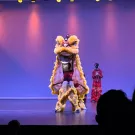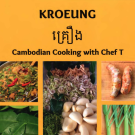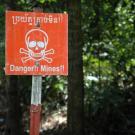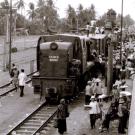Vietnamese Youth Organizations & Cultural Preservation in the Postwar Generation
RI.9-10.2, W.9-10.3, SL.9-10.4Students will analyze different Vietnamese youth organizations centered around cultural preservation and create a fictional Vietnamese American event to illustrate their takeaways.







